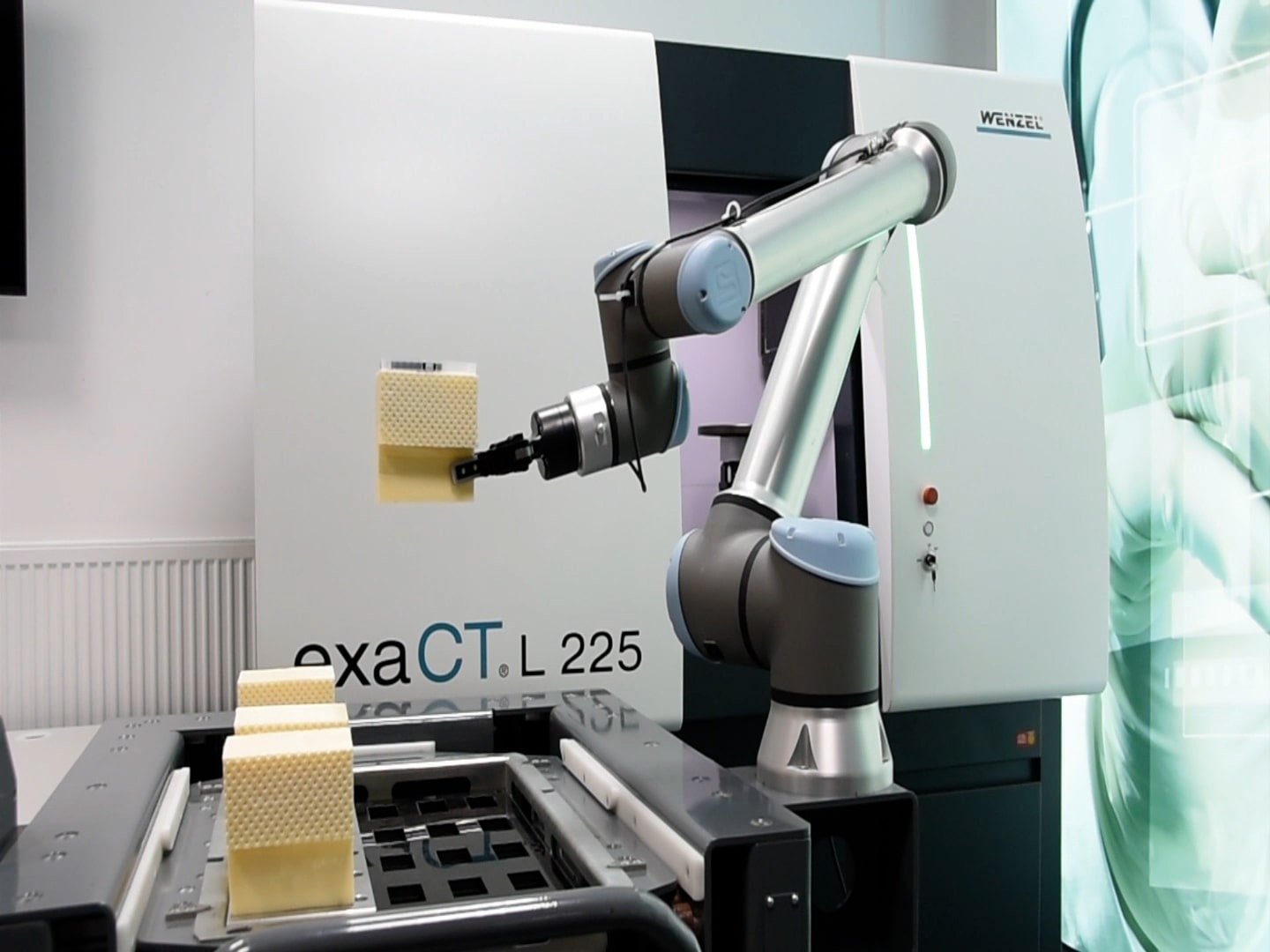PRECISION MEASUREMENT TRENDS 2025: WHAT YOU NEED TO KNOW
Metrology has evolved significantly from manual measurement tools like calipers and micrometers to advanced digital solutions such as optical scanners and computed tomography systems. This evolution has been driven by:
Industry 4.0 Initiatives: The integration of smart technologies into manufacturing processes, enabling real-time data collection and analysis.
Complex Product Designs: The need to measure intricate geometries and multi-material components in industries like aerospace and medical manufacturing.
Increased Quality Standards: The demand for higher precision and compliance with stringent industry regulations.
The Role of Metrology in Modern Manufacturing
Precision metrology ensures the reliability and performance of critical components. Its applications include:
Validating Additive Manufacturing Processes: Ensuring consistency and precision in 3D-printed parts.
Quality Assurance in Regulated Industries: Verifying compliance with standards in sectors like medical device manufacturing and defense.
Supporting Innovation: Providing accurate data for R&D and product development.
Key Precision Metrology Trends to Watch in 2025
1. The Rise of Computed Tomography in Metrology
Computed tomography (CT) is transforming precision measurement with its ability to capture both internal and external geometries in unprecedented detail. Key applications include:
Reverse Engineering:
Digitizing physical parts to create accurate CAD models.
Reproducing legacy components for which no design data exists.
Defect Detection and Non-Destructive Testing (NDT):
Identifying voids, cracks, and inclusions without damaging parts.
Ensuring structural integrity in mission-critical components.
Dimensional Analysis:
Validating tolerances and design specifications.
Comparing manufactured parts against digital designs.
2. Integration of AI and Machine Learning
Artificial intelligence (AI) is enhancing precision metrology by:
Automating Data Analysis:
Detecting defects and anomalies with machine learning algorithms.
Reducing human error in measurement interpretation.
Predictive Maintenance:
Analyzing metrology data to forecast equipment wear and maintenance needs.
Optimizing Manufacturing Processes:
Providing real-time feedback to improve production quality.
3. Portable and On-Site Metrology Solutions
As industries demand faster and more flexible measurement solutions, portable devices are becoming indispensable. Examples include:
Handheld Scanners: For on-the-go measurements in diverse environments.
In-Line Metrology: Integrated systems that perform real-time quality checks during production.
4. Digital Twins and Virtual Metrology
Digital twin technology is revolutionizing how manufacturers approach quality assurance. Highlights include:
Creating Virtual Models:
Simulating physical components to test performance and reliability.
Using virtual replicas for design validation before production.
Virtual Metrology:
Applying digital measurement techniques to evaluate designs and processes remotely.
5. Advanced Data Analysis and Visualization Tools
The ability to process and visualize metrology data is improving collaboration and decision-making. Key advancements include:
Interactive 3D Visualization:
Allowing teams to explore measurement data in immersive environments.
Enhancing communication of complex measurement results.
Metrology Software Innovations:
Managing large datasets from CT scans and other sources.
Streamlining workflows and improving data accuracy.=
6. Sustainability in Metrology
Environmental considerations are shaping the development of metrology tools and processes. Trends include:
Promoting sustainable manufacturing practices.
Reducing Waste:
Optimizing material use through precise measurements.
Minimizing scrap in manufacturing.
Energy-Efficient Equipment:
Developing metrology systems that consume less power.
Practical Tips for Staying Ahead in 2025
A. Investing in the Right Technologies
Focus on CT: Assess how CT solutions can address your specific measurement challenges.
Evaluate Integration: Choose systems that seamlessly fit into your existing workflows and manufacturing processes.
B. Upskilling Your Team
Training Programs:
Offer courses on CT and advanced metrology tools.
Educate your team on interpreting data and applying insights.
Encouraging Innovation:
Foster a culture that values continuous learning and experimentation.
C. Partnering with Industry Experts
Collaborate with Vendors: Work with CT technology providers and metrology consultants to stay updated on the latest advancements.
Attend Conferences:
Engage in events like RAPID+TCT to network and discover new solutions.
Participate in workshops and live demonstrations to gain hands-on experience.
Applying Insights from 2025 Trends
Integrate CT Technology: Implement CT solutions to enhance reverse engineering, defect detection, and dimensional analysis.
Adopt Sustainability Practices: Align your metrology processes with environmental goals to reduce waste and energy consumption.
Embrace Data-Driven Decision-Making: Leverage AI-powered analysis tools to optimize your workflows and improve product quality.
Conclusion
Precision metrology is a dynamic field, constantly evolving to meet the challenges of advanced manufacturing. In 2025, trends like computed tomography, AI integration, and digital twins are shaping the future of measurement technology, enabling industries to achieve unprecedented levels of accuracy and efficiency.
As a professional in automotive, aerospace, defense, or medical manufacturing, staying informed about these trends is essential. By investing in the right technologies, upskilling your team, and embracing sustainable practices, you can position your organization at the forefront of innovation.
Let 2025 be the year you unlock the full potential of precision metrology to drive success in your industry.
The post Precision Measurement Trends 2025: What You Need to Know appeared first on WENZEL America.


